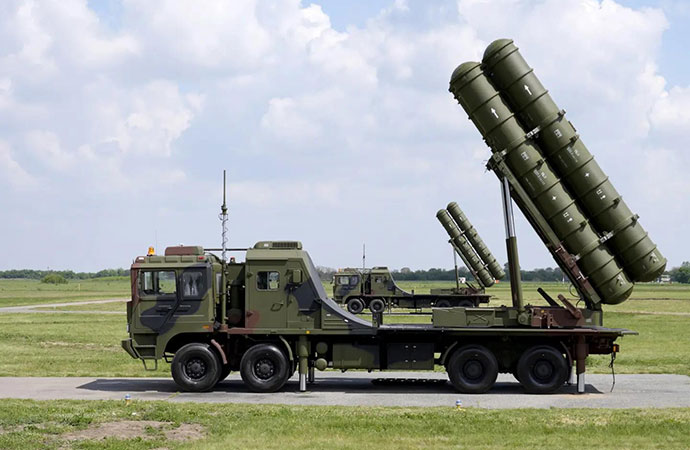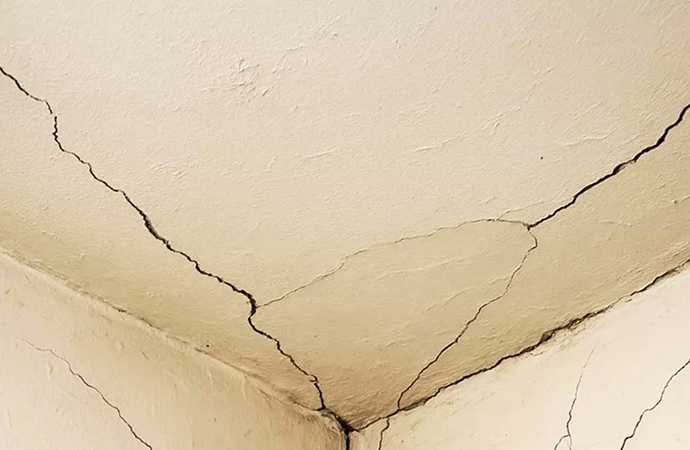Column

Chinese-built HQ-22 anti-aircraft systems of the Serbian military. Photo: AP/UNB
Pakistan's army chief Asim Munir was elevated to the rank of field marshal this week in recognition of his strategic leadership during the recent conflict with India. He becomes the second Pakistani field marshal since Ayub Khan. The air war between India and Pakistan resulted in the downing of several Indian aircraft which proved to be a strategic triumph for China and Pakistan due to the successful combat performance of Chinese aircraft and missiles in the inventory of the Pakistani military. Pakistan relied on an integrated air defense system which proved to be critical to its success.
According to Michael Dahm, a senior fellow at the Mitchell Institute for Aerospace Studies, Pakistan integrated ground radars with fighter jets and airborne early warning aircraft. According to Dahm, Pakistan successfully deployed 'A' launched by 'B' and guided by 'C' to hit the target. The chain may have started with a ground radar installed in a surface-to-air missile system which illuminated the Indian target. Once the target was identified, a Pakistani J-10C aircraft launched a PL-15E missile at range, which was in turn guided by datalink from an airborne early warning aircraft which led the missile to strike its intended target.
Dahm believes the pilot of the J-10C took a "long-range shot, beyond visual range" which caused the missile to travel across more than 100 km to hit the Indian target with the help of electronic warfare, including potential manipulation of the electromagnetic environment. This so-called "kill chain" of air defense systems was the key factor in Pakistan's success during the recent air war. Other countries are also developing this "kill chain", with the United States pursuing the concept of Combined Joint All Domain Command and Control for its armed forces. U.S. President Donald Trump has also announced his plans for a Golden Dome air defense system. The planned Golden Dome is inspired by Israel's Iron Dome air defense system.
Integrated air defense can span across all the branches of the military, including the army, navy and air force. Pakistan's focus on hi-tech integrated air defense has clearly paid off in the face of India's conventional military superiority. The Chengdu J-10C has emerged as the perceived winner in the conflict. The development of the J-10 was influenced by the design of the Israeli fourth generation aircraft IAI Lavi, which China received during technical cooperation with Israel.
In contrast, the Indian Air Force has a "hodgepodge" of Western, Israeli, Russian and Indian technology, which according to analysts, "makes systems integration much more difficult". Pakistan successfully integrated a variety of Chinese air defense systems from the Chengdu J-10C fighter jet to the HQ-9 long-range semi-active radar homing (SARH) surface-to-air missile (SAM) system. Pakistan also uses the Swedish radar system Erieye developed by Saab.
The performance of Chinese weapons has been a matter of burning interest for governments and military analysts after the recent Indo-Pak clashes. Bangladesh has taken steps towards developing an integrated air defense system with the induction of the FM-90 surface-to-air missile system for its army and air force. Pakistan's experience will provide useful lessons.
Pakistan's success with Chinese aircraft and missiles in the recent hostilities with India have been compared with Japan's victory in the Russo-Japanese War at the start of the 20th century, when a modern Asian power defeated a European power for the first time. The reverberations of the recent Indo-Pak conflict, in which Pakistan clearly had an edge with its Chinese missiles and J-10C fighter jets, will be felt far and wide.
Umran Chowdhury is Assistant Editor of the Dhaka Courier and Research Associate at the Cosmos Foundation and Bay of Bengal Institute.

























Leave a Comment
Recent Posts
Right On Schedule
The most eagerly anticipated, and frankly hyped up, announcement of an ...
Fighting raged along the borde ...
Fighting raged along the border of Cambodia and Thailand, with explosi ...
ICIMOD drives regional cooperation to inspire new mo ..
The Cage of Captivity and the Cry for Freedom: A Cru ..
Why Japan issued an advisory for a possible megaquak ..
The Autocrats’ War on Universities